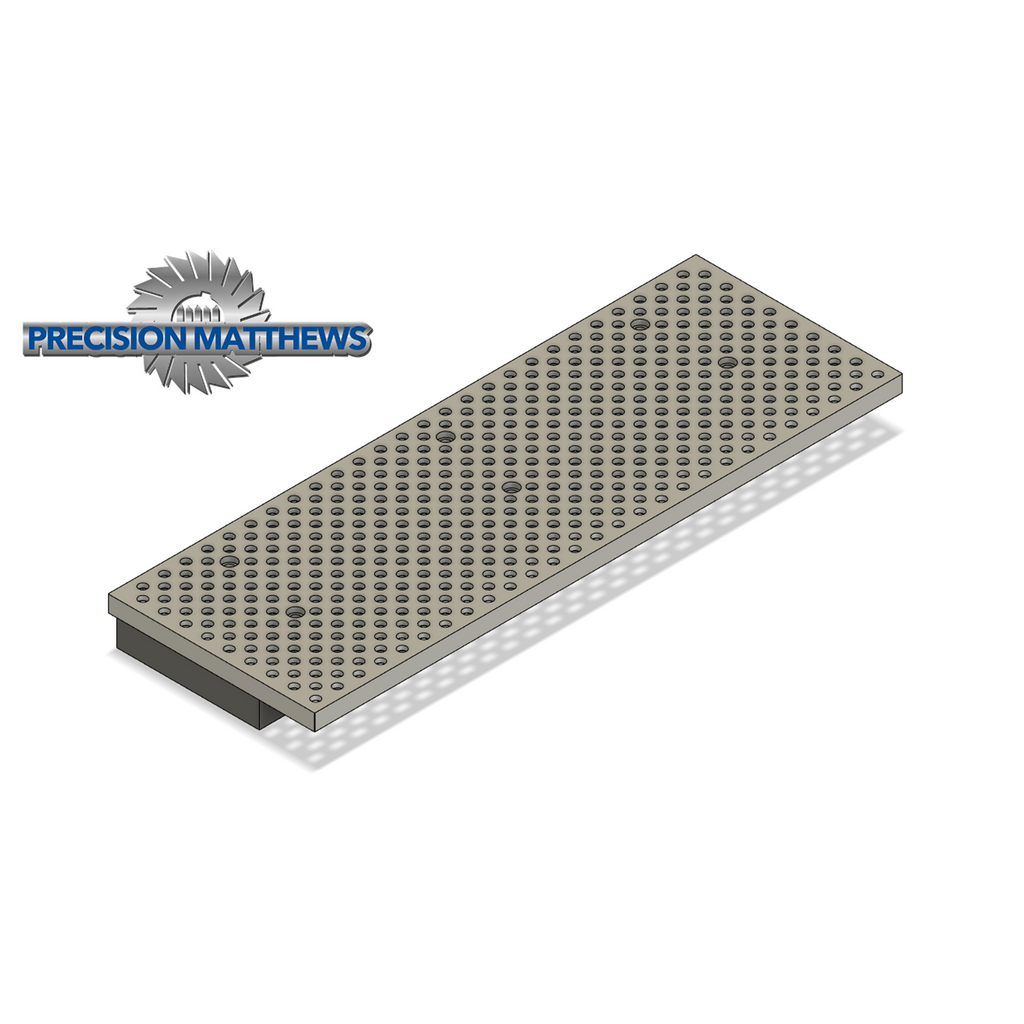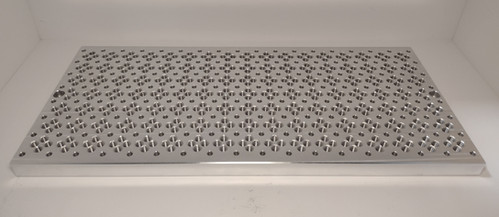One thing you'll want to decide is what type of scales, magnetic or glass. I can't give any real world experience for either, but one nice aspect of magnetic scales from a mounting perspective is that they are lower profile (generally) and you can cut to length. Depending on how/where you mount, that will let you be a bit more flexible.I do plan on acquiring 3-axis DRO, but as quite a few have mentioned here, it can be had for cheaper if I go aftermarket. Some have even suggested specific brands, which it great, I'll definitely be checking them out.
I purchased my magnetic scales longer than needed and will cut to length. Some resellers let you pick scale type and individual lengths, some don't, just depends on who you buy from. Most just advertise kits with certain lengths so you'll likely have to call direct to get the size of scales you need. Aikron dro was the only site I could find that let you ala-carte your DRO and scales without having to call in.




